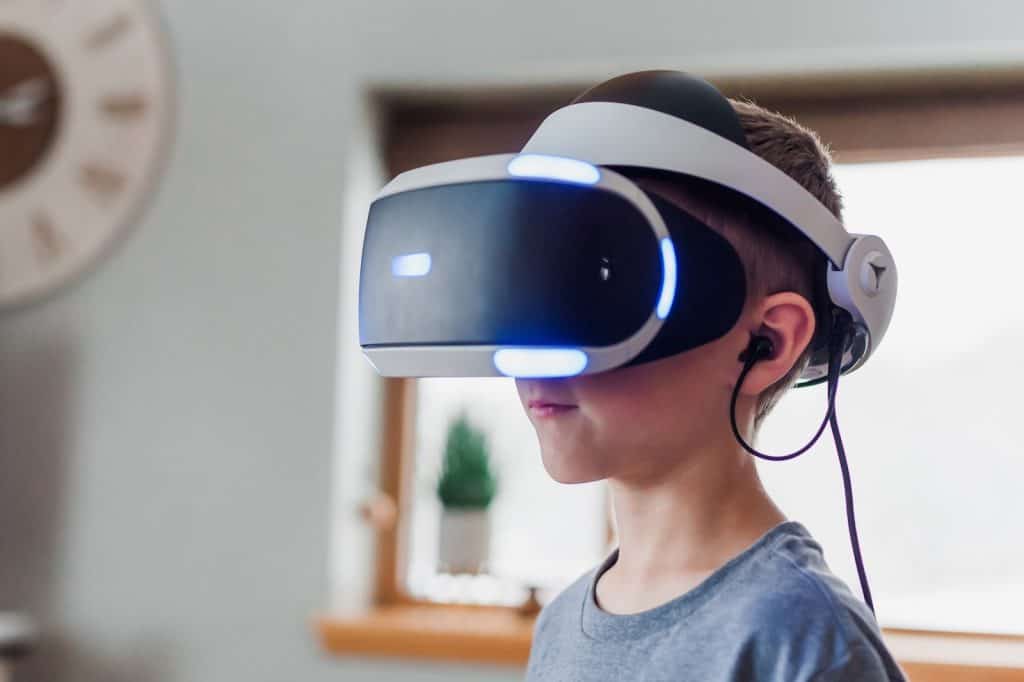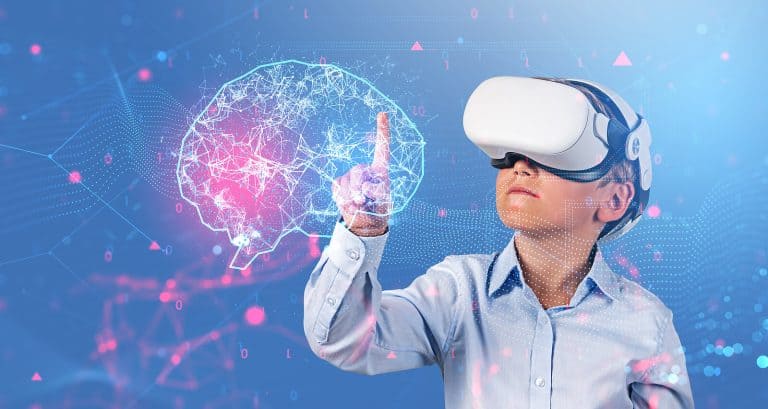AR and VR are enhancing online learning more than ever. Learn why in this primer.
Table of Contents
ToggleElearning is a sector that has been growing in popularity in recent years. Emerging from the idea of distance learning, it’s a concept that’s been made easier as the internet, and related communication tools have developed to make communication and exchanges of information far easier.
Distance learning (pre-internet) involved mailing educational or similar materials and mailing back work to be submitted. Of course, the advent of email made that process far more manageable and then having efficient video conferencing tools meant that webinars could be held where students could actively participate, even from a webinar cast from a free .io domain.
The most recent developments in eLearning have seen AR and VR added to the list of educational tools that can enhance online learning environments. What are AR and VR in this context? What’s the difference between them, and what impact can they have on eLearning?
What is eLearning?
eLearning can refer to any learning experience or course delivered electronically, most often via the internet or tools connected to the internet. It’s a huge industry now and is expected to reach $457.8 Billion by 2026.
An eLearning course can be comprised of many different levels and content. That content can include live webinars, pre-recorded lectures, videos, traditional written material, games or quizzes, and other forms of interactive content that may be live or automated. eLearning can be used for different facets of your organization, everything from health and safety to learning how to set sales appointments.
AR vs VR: what’s the difference?
Now for the technical bit. Many people – wrongly – use these two terms interchangeably. They’re based on similar but different technologies, tend to be used for different things, and, from a tech company’s perspective, have different objectives when it comes to the market.
VR (virtual reality) uses a headset to block out external sensory inputs so that the user has an immersive experience in the virtual reality being presented. For example, you could set up a VR training module if you want to educate people on virtual customer service if you plan a virtual call center.
With AR (augmented reality), the headset and program overlay digital elements on top of what the user is experiencing as a live view.
So, the primary difference between the two is that one (VR) creates a completely imagined world (which may be a replica of a real-world scenario) while the other (AR) combines real-world views with overlaid digital images.
How are VR and AR used in eLearning?
Both technologies have many practical uses for Learning beyond the examples already given. There is little doubt that both technologies are the most exciting additions to the EdTech sector. Their flexibility means they can be used as learning tools in everything from the medical industry to arts and humanities to retail and tech sectors.
This move to immersive learning offers new and exciting opportunities to educators and learning providers and the learners/students themselves. Visualization of materials has been chiefly 2D until now—for example, illustrations in an anatomy textbook. AR and VR offer new immersive opportunities to explore that anatomy in greater detail.
It’s also something that will be provided for individuals and companies. Freelancers can use eLearning to enhance existing skills and thus be in a position to negotiate better freelancer rates.
Practical uses of AR and VR
- Enhanced simulations
Prior to the use of AR and VR, simulations were generally presented on laptops, desktops, or mobile devices/tablets. Those methods meant people were easily distracted from what they were trying to learn. With AR and VR, those distractions are eliminated through the use of audio and video/visual headsets, meaning learners can concentrate better.
- Improved gamification
Gamification has been a popular aspect of many learning courses. It can make learning more fun and can encourage friendly competition. AR and VR can take that gamification to the next level, offering tangible rewards and competitive leaderboards. While not directly related to eLearning, Pokemon Go is an excellent example of using AR for gamification.
- Customize eLearning paths
Using AR and VR means you can customize the learning paths on any course so that your learners can visualize progress more efficiently. It can also help them more readily identify areas where they may be falling short so that they can choose or revisit learning resources that focus on those particular areas.
- Offer visual feedback
Feedback was usually written too, or occasionally verbal via a video call when it came to written assessments in eLearning. If those assessments are carried out in AR or VR, then not only are they recordable, but the learner can replay the assessment to see a visual representation of what they did wrong and then retake the assessment.
- Better analytics
Even with the best LMS (learning management system), collecting data for analytics wasn’t always 100% efficient. AR and VR take analytics up a level, collecting data in a more advanced way than previously possible. You can even analyze the eye contact of users to track their level of interest. As with analytics in other areas, you can use collected data to tweak and improve your offerings.
Drawbacks of AR and VR
Of course, every coin has its flipside. If you’re considering integrating AR and/or VR into your learning programs, it helps to be aware of the drawbacks of these technologies. Let’s have a look.
- Cost
Individual units remain pricey. The Oculus Rift VR headset can be as much as $600, while the DreamWorld DreamGlass has an MRP of $619. You also have to consider the PC or Mac to run the programs from and the actual development of AR or VR courses. This potentially represents a hefty initial investment to integrate AR and VR elements into your courses.
- Space
Just as you have to think about on-premise vs. cloud IT infrastructure, then, depending on what you’re using AR and/or VR for, you may require a large space for onsite learning. This is less of an issue if people are distance-learning or where you’re using the tech for small groups for more specialized education. Space is something to consider, however.
- Mobility
AR and VR offer less mobility than other learning tools. Most headsets are not wireless, so you need cables to connect them to your laptop or desktop. This means that you will be restricted to offering AR and VR learning opportunities in set environments.
- Privacy and other issues
As these technologies are still in their relative infancy, many issues such as interoperability need to be addressed. For example, you can’t currently integrate social media with AR browsers. There also remain some privacy issues and questions about how secure data is.
The future
Of course, most of these drawbacks are common across all new technologies. Just as we‘ve seen improvements in mobile-friendly tests over recent years, so we will see progress with these new technologies.
As AR and VR become more popular, then you’ll see the equipment becoming cheaper and more secure. You’ll also see increasing integration options, both with existing platforms and tech and a kit specially designed to work with AR and VR.
The takeaway
You have to consider your training and learning needs and whether AR and/or VR have a place in that. Those needs can vary greatly; for example, what will a contact center or call center need in terms of staff training?
There’s no point in embracing tech because it is new and exciting if it doesn’t improve your current learning provision. And the beautiful thing about learning? Nobody can ever take it away from you.





